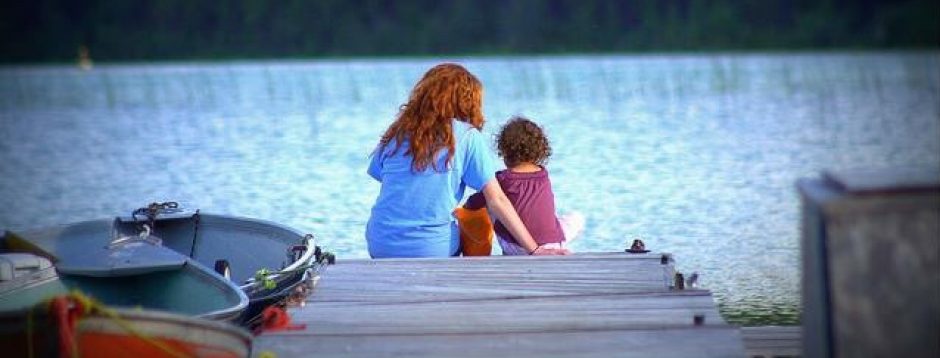In all of the outdoor education I have experienced, a connection to be made is fishing. Whether on a school trip, camping with my family, or exploring with my grandparents, fishing made its way into my experience. Most of the time it was catch and release, more a hobby than an act of survival. When we were granted a prize fish not to be wasted, we would take it back, clean it, and cook it for supper. I never really thought about what it would be like to survive solely on fish. A bad day of fishing for survival would mean you didn’t eat that day. I made my visual representation to show the different scale patterns of the fish I have caught.
When we fished, we tried to be conscious of conservational laws of where and where not to fish. I never asked myself who decided where fishing was allowed and how they got that authority. I would hope its because we want to leave some areas free of human contact and left to nature, but I think its more likely that the land where fishing is forbidden has been deemed unsafe for humans. Before colonization of this land there were rules of nature followed by indigenous peoples but they would have been more about protecting nature as a whole, rather than just humans. Indigenous peoples view the earth as a mother who provides for us while teaching us to provide for ourselves “that’s what good mothers do” (Kimmerer 2015). There are rules set by mother earth that nature is meant to follow, but humans have been breaking these rules and putting strain on the relationship. Fishing is a good way to observe and appreciate the land while utilizing the resources provided to us by this land in unselfish ways. It gives us opportunity to disconnect from the life we have created and establish a loving relationship with mother earth.

Nicole, I really like the connection that you made between a regular activity, such as fishing, with the greater environmental impacts that it can have. Its interesting that you explored who decides the number of fish that an be harvested, and how they come to weild that power. The comparing/contracting that you did between the current views on fishing, and the historical Indigenous beliefs is also really interesting. Not only does your post explore the decision making behind current policies, but it also raises the question of how fishing was controlled historically. I also like that you define the natural order as “Mother Nature’s rules”, this shift in thinking move the natural order from something that is sought out but likely unattainable to something that should be maintained and is correct. Your post lends itself to further inquiry as there are several questions you posed that would be really interesting to look into.